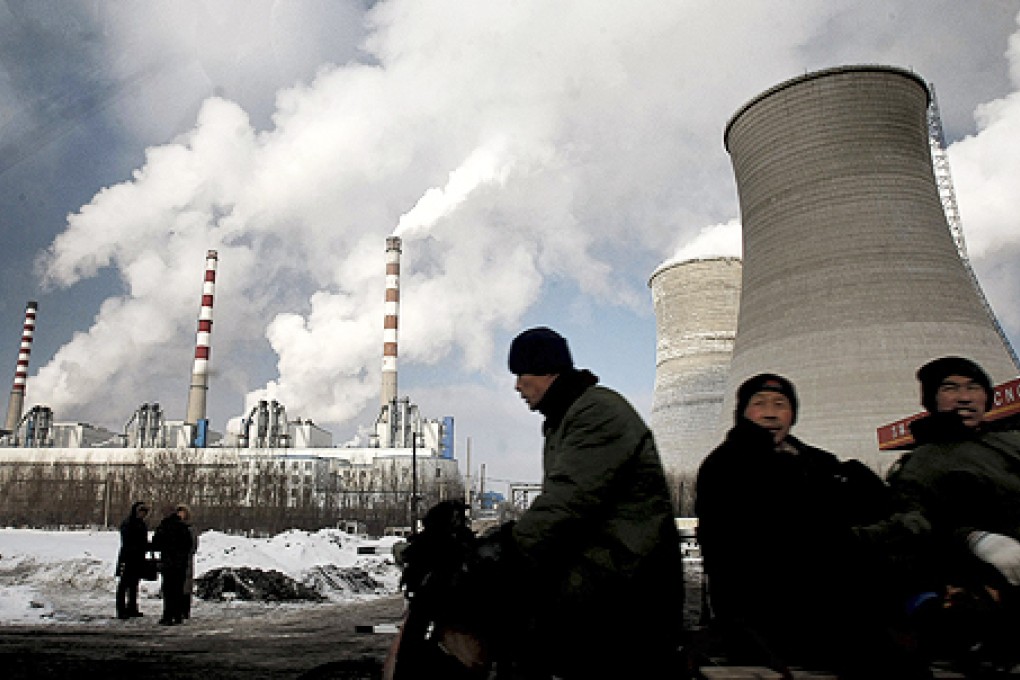China's nuclear plan back on track after 19-month freeze
Partial resumption of programme suspended after Fukushima signals China's readiness to rekindle its ambitions for atomic power

Beijing has officially lifted the freeze on new nuclear projects, ending a 19-month ban on approvals imposed in the wake of Japan's nuclear disaster last year.

Just a week after the approval of a five-year nuclear safety plan, the government gave the green light to the long-term development plan for nuclear power, which runs to 2020 and signals its readiness to rekindle its ambitions for atomic power.
"The adoption of the safety plan and the long-term blueprint eventually puts an end to the ban on nuclear-project approvals and means authorities are again ready to give approval for new projects," said Yang Fuqiang , a senior energy adviser for the Natural Resources Defence Council's office in Beijing.
But Yang and other experts also noted that, with a ban on building inland reactors by 2015 and much stricter safety standards, China's nuclear ambitions and the pace of its nuclear expansion will be significantly scaled down from plans adopted before the Fukushima nuclear disaster.
According to the State Council decision reported by Xinhua, all new nuclear reactors must meet safety standards for so-called third-generation reactors.